Don’t schedule your strategic planning session until you figure this out.
It’s the most wonderful time of the year. Time for those leadership sessions we use to plan for the future. But before you clear those calendars and head into days-long meetings, ask yourselves: what question are you trying to answer?
We’ve helped many leadership teams plan for the following year. It’s surprising how many companies schedule an off-site or a series of working sessions without clarity on exactly what problem they’re trying to solve and what objectives they want to hit.
So before you schedule, figure out which questions you’re trying to answer.
- Who are we and where are we headed?
Every executive team must align around their purpose, vision, and values. But not every team knows how to align. It takes practice. The process builds relationships as team members discuss, work, collaborate, and agree on a singular view of the future.
This work might seem unnecessary; most organizations already have a purpose, vision, and values. But it’s worth asking whether these “truths” require revision. Triggers include acquisitions, changes in leadership, and significant market shifts.
- Are we organized to achieve our vision?
A good operating model is the blueprint of your organization, It shows all the key components that contribute to the organization’s value stream, including inputs, outputs, processes, metrics, and technology. It highlights the interdependencies within teams and processes and how they deliver value.
By constructing the model together, the leadership team develops a greater awareness and appreciation of all contributions and understands the importance of acting in unity.
Again, you probably already have an operating model. Or do you? Many of our clients are surprised to discover they don’t have it documented, and certainly not accessible to the company or used as guidance for day-to-day work. Even a strong operating model is worth refreshing every few years.
- How do we get there?
“There” is wherever you plan to go—the mission, the vision, the operating model… Businesses thrive when the organization knows what it wants to achieve and by when. Every company should have a roadmap.
Executives are responsible for identifying the high-level “what and when.” The session should include representatives of key business functions to determine the “how.”
- What is our message to the organization?
If an organization must change in any way, it needs a message. As the executive team creates the message frame—the four key words that anchor the message—they clarify and align on the change.
The message frame ensures all leaders and advocates tell the same compelling story, consistently and authentically, without relying on written materials or PowerPoint decks. Each communicator customizes the story with details and data that mean something to that particular audience—this is what gets your entire organization pulling in the same direction.
- How should we work together?
We all have natural patterns of thinking, feeling, and behaving. Effective teams understand how these patterns impact the overall team dynamic and how to use the strengths of their members to deliver results and move the organization forward. Smart teams create working agreements that take into account different working styles and reduce conflict. Agreements should be simple and direct, created by the team, and present at all meetings.
One of our favorite tools to craft these agreements: the Clifton Strengthfinder™ Survey. We work with a team to find each member’s unique contributions and leverage them in service of the strategy. Then we define team agreements, taking working styles and culture into consideration.
- How do we sharpen our performance?
To make improvements in business processes, org structure, and behaviors, leaders need to know what’s working and what’s not. A working session can pinpoint what should change, and determine how.
Some of the tools we use as a first step: 1) SWOT analysis, which identifies strengths, weaknesses, opportunities, and threats, and 2) the Start, Stop, Continue exercise. Then we take those findings, prioritize, and plan implementation.
Many executive teams blend these types of sessions into something custom that works for them. What’s most important is clarity—understanding your problem, the process you will use, and the outcomes you want—before you start.




